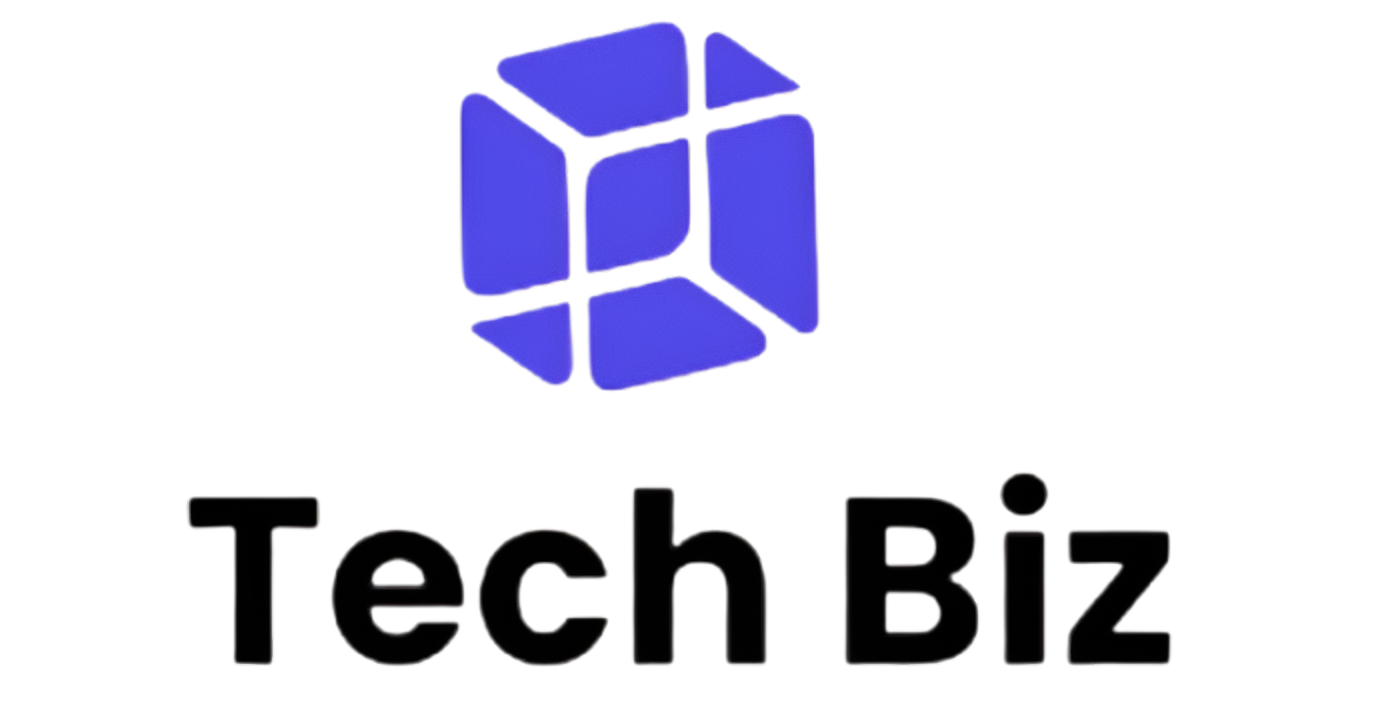Introduction
In the current digital economy, data accuracy is not a choice, it is the foundation of trustworthy web applications, secure transactions, and seamless user experiences. Most developers consider databases storage systems, but this has turned into a critical instrument in data validation. It is not a database in the conventional meaning; rather, it is a validation library implemented in Node.js and JavaScript environments.
It has been specially prepared by the author for readers in the UK and USA with easy-to-understand descriptions, practical advice, and guidance on how the library can revolutionize the handling of data within applications.
What is the Joi Database?
Joi database is a library for schema validation that enables developers to establish rules for data coming in prior to saving or processing the data. Instead of using backend validation solely after data has come into the system, Joi validates values like email addresses, usernames, and passwords against strict rules prior to accepting them. This makes applications more resilient, lowers debugging expenses, and increases end-users’ trust.
For UK companies operating e-commerce sites or US companies creating APIs, data validation is frequently the initial line of defence for error and malicious behaviours. That is where Joi shines, it imposes structure, removes guesswork, and enhances security best practice.
Key Advantages for Developers
Why are London, Manchester, New York, and San Francisco-based developers adopting Joi? Because it closes the gap between flexibility and security.
1. Enhanced Data Integrity
The major advantage of this is consistency. Programs built on sloppy or inaccurate inputs quickly fall apart. With Joi, schemas are blueprints that ensure data conforms to pre-defined formats. It is especially beneficial in systems dealing with financial transactions, personal data, or healthcare records.
2. Bigger Development Cycle
Across UK and US markets, software teams are under constant pressure to get features out quickly. Joi simplifies validation with human-friendly syntax, reducing boilerplate checks. Developers can concentrate on the core logic instead of re-encoding validation functions for each new form or API endpoint.
3. Across Projects Flexibility
In contrast to strict validation methods, Joi easily accommodates sophisticated projects. Whether it’s a government gateway with conditional rules or a small business application that only needs standard checks, developers can easily customize Joi schemas.
Setting Up Joi: A Practical Walkthrough
For developers new to the joi database, getting started is surprisingly simple.
Step 1: Install the Package
In your Node.js project, install Joi using npm or yarn:
npm install joi
Step 2: Import Joi
Bring Joi into your codebase with a simple import:
const Joi = require(‘joi’);
Step 3: Create a Schema
Schemas define how your data should look. For example, a registration form schema may look like this:
const userSchema = Joi.object({
username: Joi.string().alphanum().min(3).max(30).required(),
email: Joi.string().email().required(),
password: Joi.string().min(8).required()
});
Step 4: Validate Input
Use the schema to check whether incoming data is valid:
const { error, value } = userSchema.validate(req.body);
if (error) {
res.status(400).send(error.details);
} else {
// continue with processing
}
Common Use Cases in 2025
- Validation is a challenge for all: But certain sectors gain more than others:
- E-commerce sites: Verifying UK customers input valid delivery addresses or American buyers enter secure payment information.
- Healthcare mobile apps: Validating medical data prior to storing sensitive patient data.
- APIs and fintech systems: Lowering fraudulent request risks by validating structured payloads.
- Education portals: Verifying correct formatting of student IDs, coursework uploads, and login credentials.
Best Practices for Using Joi
To maximize the effectiveness of the joi database, developers should adopt tested practices:
- Handle errors graciously: Rather than confusing error codes, give clear feedback like “Email must be in the correct format.”
- Review schemas periodically: As apps develop, validation needs change. Stale schemas are as bad as having none at all.
- Use custom validators: Companies with special compliance requirements—e.g., GDPR regulations in the UK or HIPAA in the US—can add custom logic to Joi.
- Use async validation where applicable: For validation such as “Is this username in use?” async rules maintain processes.
Advanced Features Worth Exploring
By 2025, Joi has grown well beyond its genesis. Developers might consider:
- Conditional validation: Validate only one field if another is present (e.g., a discount code field should have an expiry date field).
- Custom error messages: Enhance user experience with human-readable descriptions.
- Integration with Express.js middleware: Validate requests automatically without coding additional logic in each route.
- Schema reusability: Design reusable, modular schemas for sharing across multiple endpoints or services.
Security Implications
Both in the UK and USA, cybersecurity issues top business priorities. Accurate use of the joi database enhances protection against injection attacks and malicious data payloads. Validation is only one protection layer, though. Developers should also:
- Update dependencies periodically to close vulnerabilities.
- Integrate Joi with sanitisation libraries where applicable.
- Apply HTTPS connections to block data leaks.
- Interrogate application logs for unusual activity.
Fresh Tips for Developers in 2025
In addition to the above basics, other strategies include:
- Automated Testing with Joi: Utilize Joi schemas within test frameworks such as Jest or Mocha for validating mock data in unit tests and integration tests.
- Front-end and Back-end Consistency: Reuse Joi schemas in full-stack projects (with tools such as joi-browser) so users get instant validation prior to submitting forms.
- Internationalisation: Customise Joi error messages to support British English or American English spelling depending on the market (e.g., “authorisation” vs. “authorization”).
- CI/CD Integration: Integrate Joi checks into automated pipelines to prevent invalid data models from reaching production.
Conclusion
The joi database is not a traditional storage engine, but its significance in application development increases more every year in 2025. By ensuring inputs on their way before they reach your database, Joi minimizes bugs, improves user trust, and protects sensitive data. For developers in the USA and UK, it provides a structured but adaptable method for creating modern applications that need to uphold high reliability and security standards.
Whether you are crafting a small-scale project or scaling an enterprise-level platform, the time spent learning about Joi’s features is worthwhile in the long term. Data validation is not glamorous, but it is also one of the most important contributors to its guarantee that your software runs efficiently, securely, and future-proof.
More Reading: Daxillzojid54: Everything You Should Know





